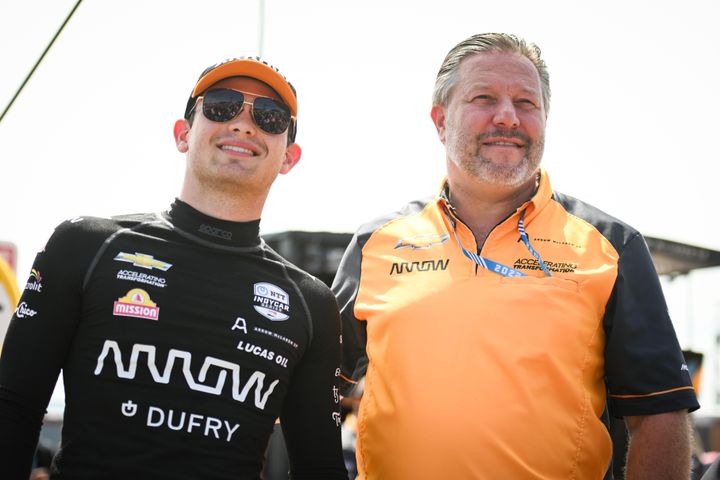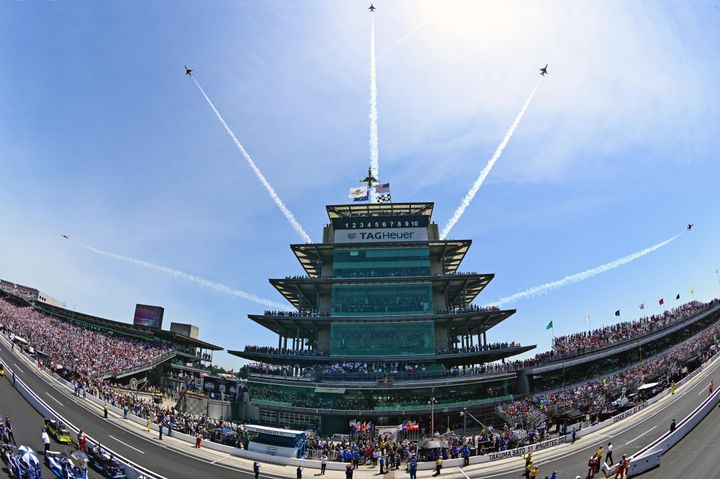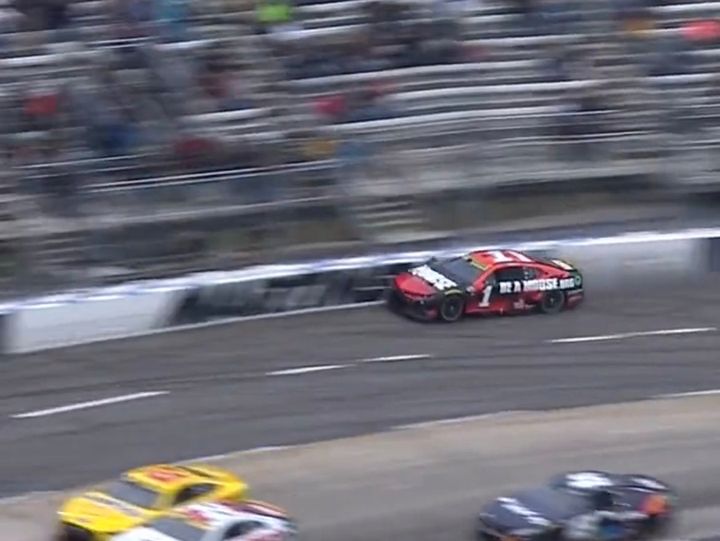Metamorphosis — II
NASCAR adopted The Chase for the Nextel Cup in 2004. A radical change to the championship format, it still isn't satisifed.

A short track body known as United Speed Alliance Racing trialed something never before seen in motorsports in 2001 — a playoff.
The top five cars in their north and south divisions would compete in a five race playoff to determine a champion. Teams were seeded by their performances in the divisions, and division champions started with a points bonus. One round was canceled due to the 9/11 attacks, but the format was successful.
NASCAR took notice, and found a solution to keep every championship for the rest of time competitive and compelling up to the last race.
On Jan. 21, 2004, NASCAR announced the "Chase for the NASCAR Championship.”
The Chase took elements of the USAR playoff and applied it to the nation's largest motorsport, taking the top ten drivers and anyone else within 400 points of the championship leader and resetting the field with five point gaps. First place in the championship after the 26th race was reset to 5050 points, second place 5045 and so on.
NASCAR created a postseason. No longer would the best driver over the full 36 races be guaranteed a championship. They would have to fend off challengers over another ten races to earn the title, and any margin for error they had was gone.
Bad luck kept you from mounting a championship challenge? The Chase gives you a second chance.
Whether the rather uncompetitive champion finish in 2003 pushed NASCAR to make a change isn't clear and has never been outright confirmed. Nothing seems to hint at this change in October 2003, but fans and media then called the new championship format "the Matt Kenseth Rule." It seems more coincidence than action, as NASCAR was researching the USAR playoff well ahead of 2003, and 2004 brought a new title sponsor for the cup series — Nextel wireless.
"The Chase for the Championship will provide a better opportunity for more drivers to win the championship, creating excitement and drama throughout the entire season," NASCAR President Mike Helton said. "In addition, the Chase for the Championship will showcase our drivers' talents, increasing the value for all teams and their sponsors."
NASCAR decided it was better to get involved and create "drama and excitement" by altering the championship format than it was to let a driver pull away from the rest of the field like Kenseth did in 2003.
NASCAR transformed in an instant.
In 2004, it worked.
Jeff Gordon entered The Chase as the leader, but No. 7 seed Kurt Busch, whose 293 point deficit became only 30 during The Chase, won the title by eight points at the final race in a thrilling battle with No. 2 seed Jimmie Johnson. No. 1 seed Gordon finished 3rd, 16 points behind Busch.
Whether you liked it or not, NASCAR was changed forever. The new championship format worked perfectly, and more teams than ever had a shot at the title.
In 2005, Tony Stewart won the championship as the No. 1 seed. In 2006, Stewart missed The Chase entirely, and No. 2 seed Johnson beat No. 1 seed Kenseth.
NASCAR wasn't satisfied with the format, though, so in 2007 it tweaked it some more. It expanded The Chase to 12, and all drivers reset to 5,000 points with 10 bonus points awarded for every win in the first 26 races.
Thus began a shift in NASCAR's subconscious vocabulary. Winning would soon be all that mattered.
The 2007 regular season was dominated by Gordon, and he would have left Richmond — the perennial final regular season race — with a 312 point advantage over second place Stewart. With the original Chase rules, he would leave with a 5 point advantage. Instead, he was the No. 2 seed, 20 points behind No. 1 seed and six-time winner that year Johnson, who would go on to win the championship.
Johnson was in the middle of a stretch where he won five consecutive NASCAR championships. From 2006-10, Johnson was the best driver over the final 10 races of the year, and often the 26 before. It almost didn't matter what he did in the regular season, he and crew chief Chad Knaus knew all they had to do was be in The Chase and they could mount a title charge with excellent preparation for the final 10 races.
Johnson and Knaus unlocked the key to this format, and pretty much foiled NASCAR's plan to keep excitement brewing and "provide a better opportunity for more drivers to win the championship."
In 2011, Stewart beat Carl Edwards on a tiebreaker in the last race of The Chase in perhaps the most thrilling championship finish across sports in the decade — and one that would not have happened without The Chase. In 2012, Brad Keselowski won his only championship to date in procedural fashion.
It was the last procedural championship to date.





Comments ()